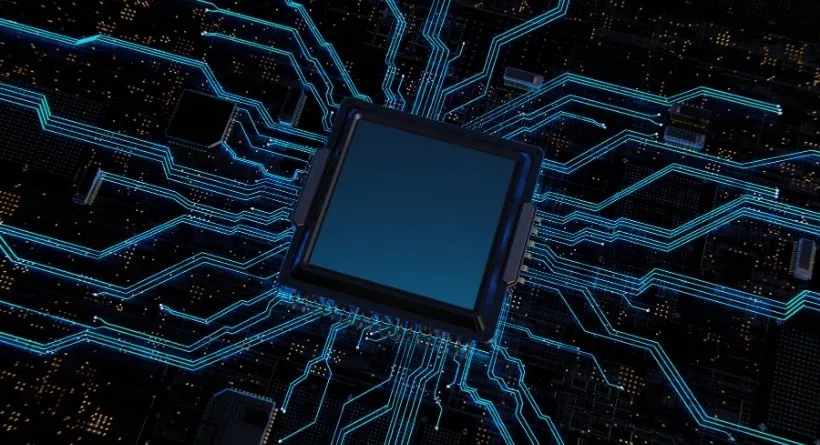A pressure regulator is a device that controls the pressure of liquids or gasses (medium) by converting a high input pressure to a lower controlled output pressure. They also serve to maintain the output pressure constant even when the inlet pressure varies.
Electronic Pressure regulators are utilized in a variety of residential and industrial applications, such as regulating propane in gas grills, oxygen in healthcare equipment, compressed air supply for industrial purposes, and fuel regulation in automotive engines and aerospace applications. The electronic pressure regulator valves might be simple on-off valves (digital) or proportional valves (analog). Pressure regulation – from a higher source pressure to a lower output pressure – is a fundamental trait shared by all of these applications.
Benefits of the Digital Pressure Regulator
Below listed are a few of the benefits of using digital pressure regulators for domestic and industrial use.
Communication and Controller Technology
The valves, the communication method, and the controller technology are at least three elements of the electronic pressure regulator to which the designations digital and analog can be applied. The majority of electronic pressure regulators use an inlet valve to boost pressure to the controlled volume, another valve to exhaust pressure, a sensor to monitor pressure, and a controller to determine what to do.
The communication technique employed between the controller and the electronic pressure regulator is the second part that can be classified as analog or digital. A pressure setpoint can be communicated via a variety of protocols. They all, however, fall into one of two categories: analog or digital. The first electronic pressure regulators were analog devices known as current-to-pressure transducers, or I/Ps (read: I-to-Ps). A current signal ranging from 4 to 20 milliamps would instruct the I/P transducer to output a pressure varying from 3 to 15 psi in these devices.
Static Electronic Pressure
Some static electronic pressure control applications require simple pressure control in a closed container. Many applications, on the other hand, are dynamic, with variable inlet pressures, leaks, setpoints, volumes, and return pressures. It can be difficult, if not impossible, to find a set of PID settings that keep an analog electronic pneumatic regulator well-behaved throughout all of these dynamic situations. Digital electropneumatic regulator values can be changed at any moment using a process known as gain scheduling, in which the microcontroller selects alternative PID values from a predefined menu based on real-time changes in operating conditions. As a result, a digital microcontroller can achieve greater stability and repeatability than an analog controller over a larger variety of operating circumstances.
Superior Design
When compared to traditional electric air pressure regulators, the digital air pressure regulator offers a superior design. Using the digital air pressure regulator, you can get the proper level of air pressure. Assume you wish to keep the air pressure constant during a process. Because of the input and output signals, you would try to use the digital air pressure regulator for the greatest results. Proportional valves are commonly used in electronic pressure regulators with very high resolution and outstanding repeatability. It is simple to maintain the desired level of air pressure. This improves both the product’s quality and the process’s overall efficiency. When employing mechanical regulators, you can detect air pressure variations .








